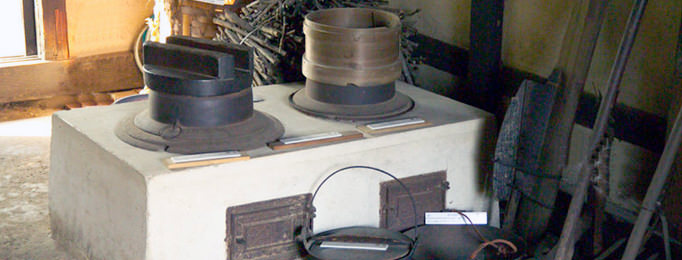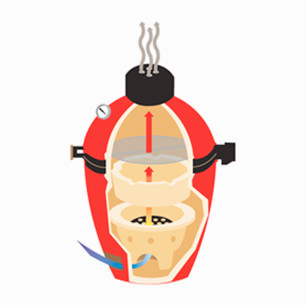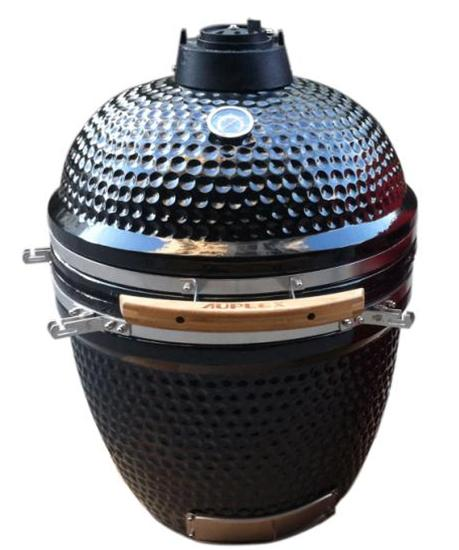Clay vessels have been used by humans to cook food for many thousands of years. Clay cooking pots have been found in every part of the world and some of the earliest dated by Archaeologists to be over 3000 years old have been found in China. It is believed that in these circular clay cooking vessels are the origins of the modern Kamado albeit the clay finally being superseded by ceramic materials.
All over the globe this elementary cooking vessel has evolved in many different ways, the tandoor for example in India and in Japan, the mushikamado; a device designed to steam rice and used by Japanese families for ceremonial occasions. The mushikamado was a round clay pot with a removable domed clay lid and was typically found in Southern Japan. Innovations at this time included a damper and draft door for better heat control and it was found to be fueled by charcoal rather than wood. The mushikamado first came to the attention of the Americans after the Second World War.
The name “kamado” is, in fact, the Japanese word for “stove” or “cooking range”. The kanji character for “kamado” is 竈. In hiragana, “kamado” is written かまど. In katakana, it is written カマド. In romaji, it is written kamado. Literally, it means “place for the cauldron”. The word has become a generic term for this style of ceramic cooker.
Technology
Modern Kamado style cookers are made from a variety of materials including high fire ceramics, refractory materials, traditional terra cotta and a mix of portland cement and crushed lava rock. Outer surfaces also vary from a high gloss ceramic glaze, paint, textured stucco-like surface and ceramic tiles. The use of modern ceramic and refractory materials ensures that the units seldom crack – a common fault in the original Japanese design. (Brands using older materials, notably portland cement) still suffer from cracking problems.)
Fuel
Kamado grills are generally fueled by charcoal although some attempts have been made to fire them with gas or electricity. One of the claims of the ceramic construction is that there is no flavor contamination (metallic taste) to the cooked food and for the same reasoning, lump wood charcoal is the preferred choice for modern kamado cooking. Not only does lump charcoal create little ash, the alternative charcoal briquettes contain many additives that can contaminate the flavor of the food. Lump wood charcoal can be manufactured in an environmentally sustainable manner using the technique of coppicing.
Uses
Manufacturers of the kamado style ceramic cookers claim that they are extremely versatile. Not only can they be used for grilling and smoking, but pizza can be cooked on a pizza stone and bread can also be baked. This is by virtue of the excellent heat retention properties of the ceramic shell that mean temperatures of up to 750°F can be achieved. Also, due to the precise control of airflow (and thus temperature) afforded by the vent system, Kamado-style cookers are much like wood-fired ovens and can be used to roast and bake anything that can be roasted or baked in a traditional oven.
Grill Parts
In addition to the outer ceramic shell there is a ceramic or stainless steel bowl inside the unit to hold the charcoal. There is a draft opening in the lower side of the unit to provide air to the charcoal, as well as a controllable vent in the top of the dome lid or air to exit the cooker. Temperature is controlled by adjusting these two vents. One or more grids are suspended over the fire to provide the cooking surface(s) for the food. Finally, most Kamado-style cookers have a hole drilled in the lid to allow the insertion of the stem of a dial-type thermometer for monitoring the cooking temperature of the cooker.
*Source Wikipedia.com
Air flow through a Kamado
Classic Auplex Kamado
Post time: Sep-01-2022



